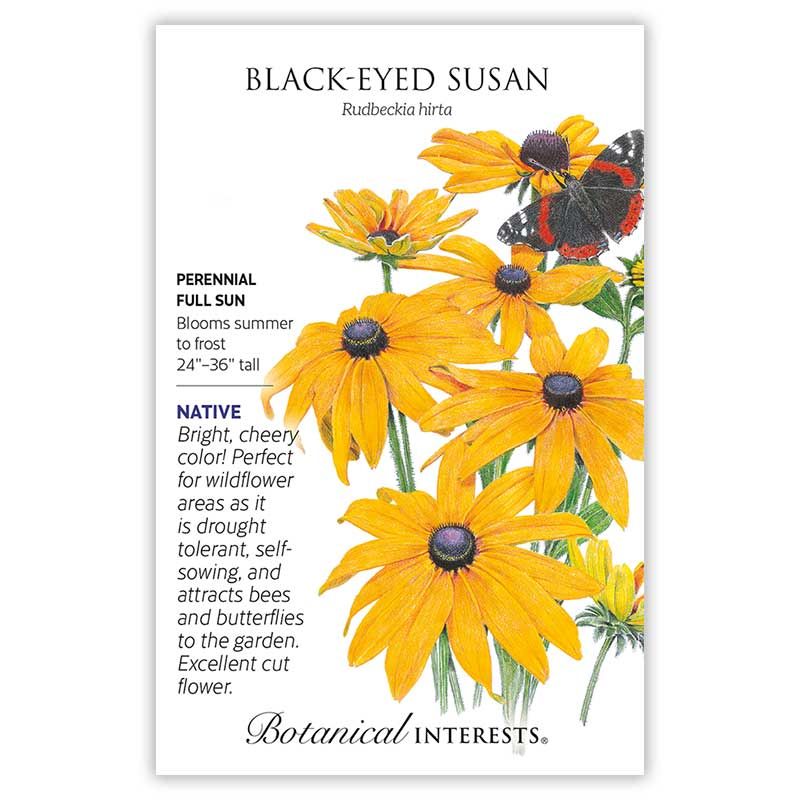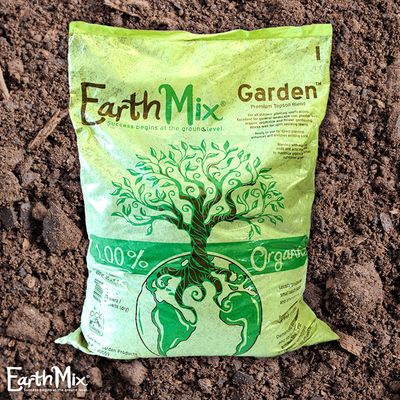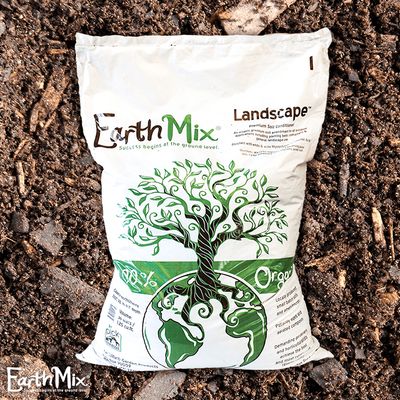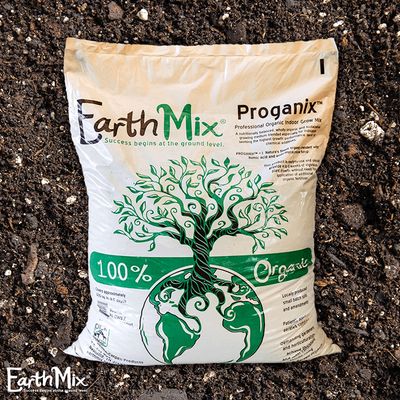Seed Flwr Black-Eyed Susan Heirloom Native - Rudbeckia hirta Native (TN)
Seed Flwr Black-Eyed Susan Heirloom Native - Rudbeckia hirta Native (TN)
SCIENTIFIC NAME: Rudbeckia hirta
COMMON NAME: Black-Eyed Susan
GARDEN SIZE: 2 feet tall x ~1 foot wide
GROWTH RATE: Fast (biennial, self-seeds readily)
USDA ZONE: 3 to 9
EXPOSURE: Full Sun, Part Shade
WATER & SOIL: Tolerates a wide range of soil conditions and prefers average to dry moisture. Requires regular watering after planting, but is drought tolerant once established.
HABIT (FORM): Upright, clump-forming biennial
FOLIAGE: Deciduous; hairy green leaves
FLOWERS: Bright yellow blooms with chocolate brown centers from June to October
PLANT ORIGIN: Widespread through most of North America including Tennessee
WILDLIFE SUPPORT: Excellent nectar source for butterflies, bees, and other pollinators. Provides seasonal cover for small wildlife and may support seed-eating birds. Host plant for local butterflies and moths.
FERTILIZING: Give a root stimulant or 4-3-3 fertilizer during initial planting, then feed lightly in late winter or early spring with compost or an organic fertilizer.
PRUNING: Cut back to just above soil level in early spring to encourage dense regrowth. Leaving stems, leaves, and spent blooms over the winter benefits native pollinators and wildlife.
TOXICITY FLAGS: None reported
USES: Border plant, container, cut flower, mass planting, cottage gardens, rain gardens, patio containers
